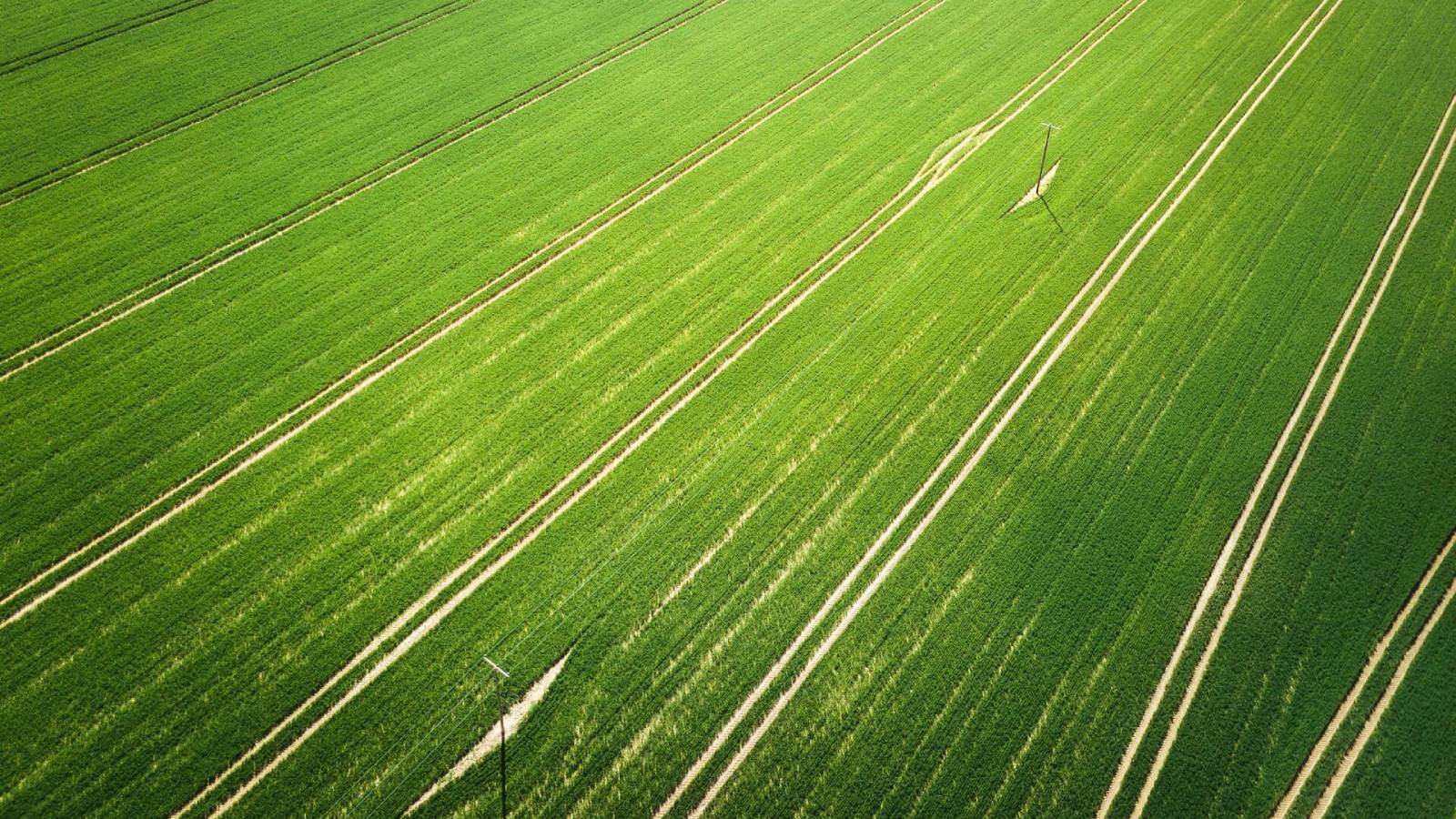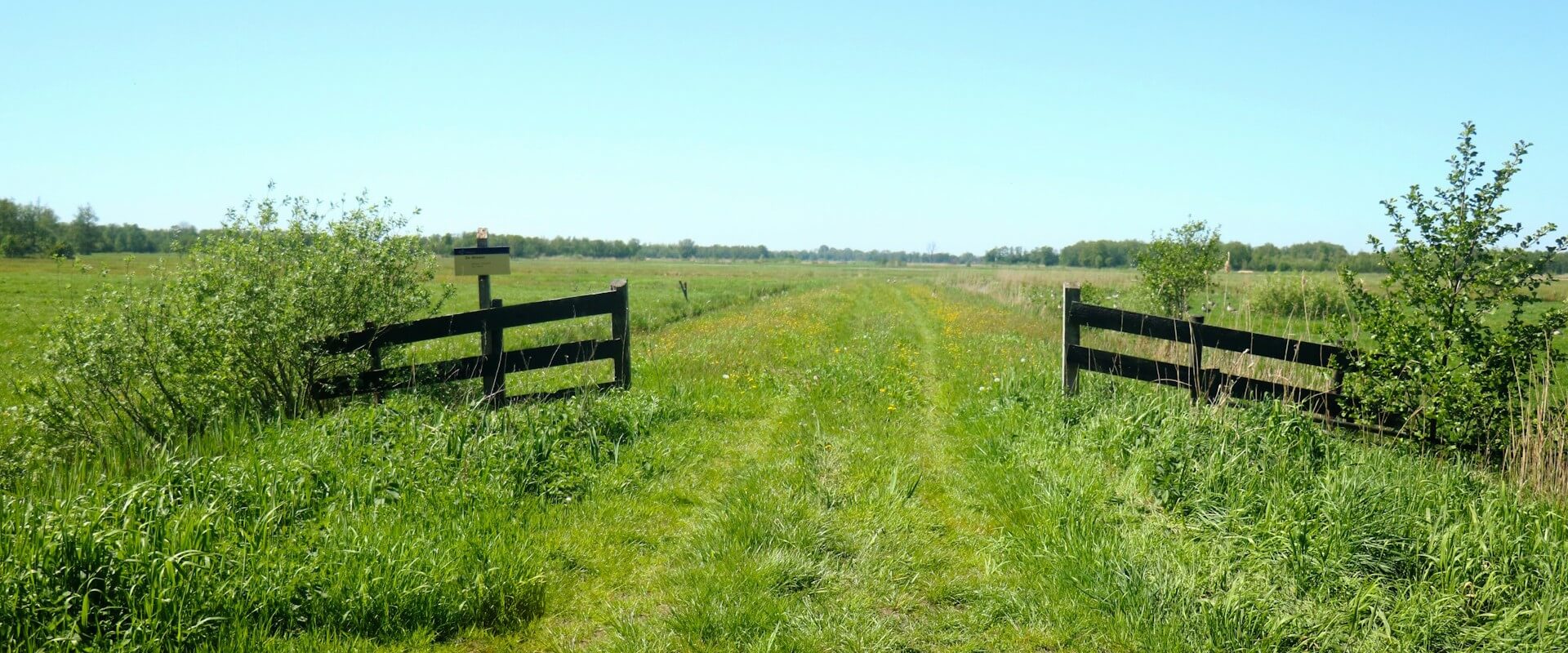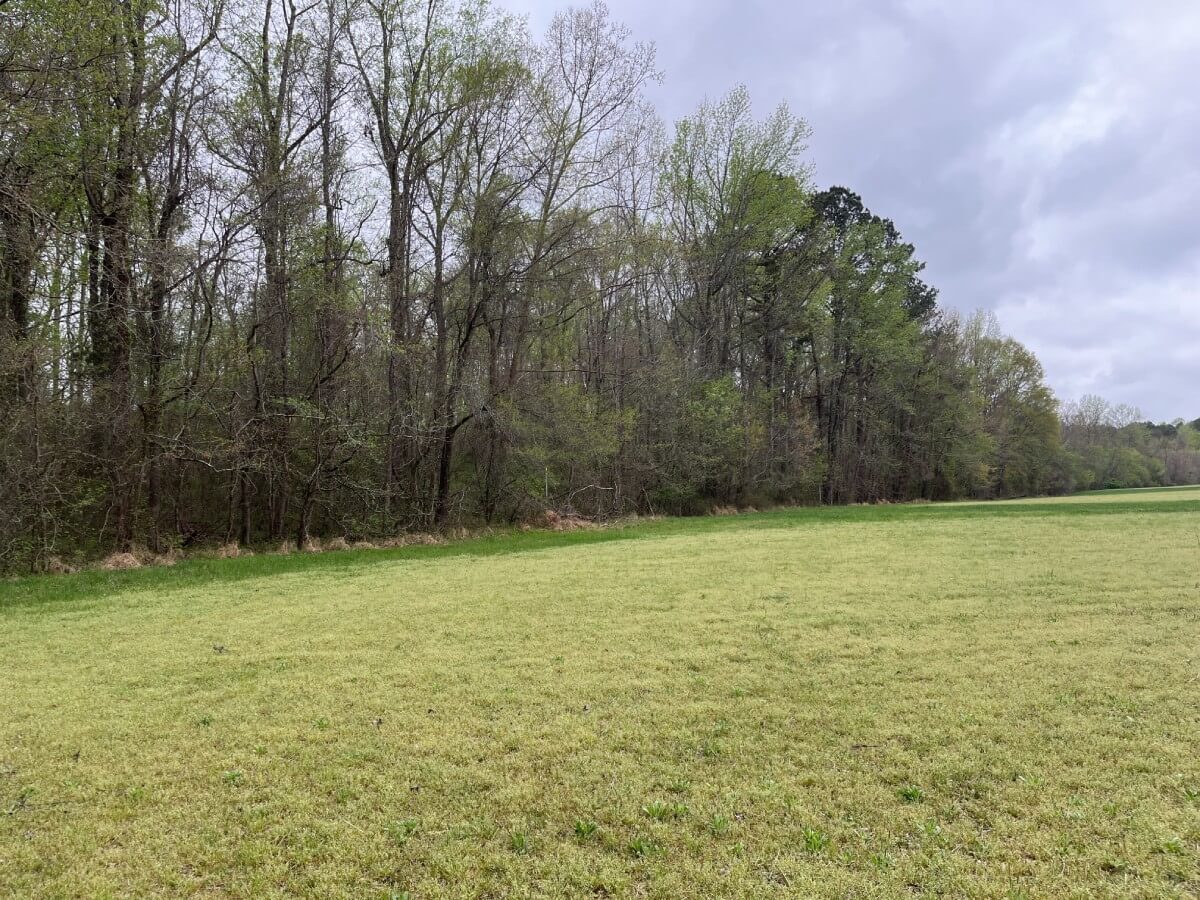Working lands conservation is a practice aimed at conserving natural resources and biodiversity while also sustaining productive agricultural or forestry activities and operations. It involves integrating conservation easements into working landscapes such as farms, ranches, and forests to help preserve both economic and environmental benefits. This approach recognizes the importance of preserving ecosystem services like clean water, soil health, and wildlife habitat while supporting the livelihoods of those who depend on these lands for their economic activities.
What Are “Working Lands?”
"Working lands" refers to areas of land that are actively managed for economic production while also providing ecological benefits. These lands are typically used for agriculture, forestry, ranching, and other resource-based activities. Here are some key descriptions of working lands:
Agricultural Lands: This includes cropland, pastureland, and orchards where food, fiber, and other agricultural products are cultivated.
Forests: Managed forests that produce timber and non-timber forest products, while also serving as habitats for wildlife and playing a role in carbon sequestration.
Rangelands: Grasslands and shrublands that are used for grazing livestock and can support biodiversity and various ecosystem functions.
What is a Conservation Easement?
A conservation easement is often a perpetual voluntary legal agreement between a landowner and a government agency or a qualified conservation organization that permanently limits the uses of the land in order to protect its conservation values. The primary goal of a conservation easement is to ensure that the land is preserved for conservation purposes, such as protecting wildlife habitats, maintaining open space, preserving agricultural or forest land, and/or safeguarding water resources, while allowing the landowner to retain ownership and use of the property.
Why Conserve Working Lands?
Working lands in agriculture constitute 40% of the U.S. land mass or 900 million acres. Another 20% or 445 million acres is in private forested lands. This means that 60% of the U.S. is in private working lands! There is ample opportunity to conserve these productive lands.
Working lands also represent opportunities to permanently protect other conservation and community values including:
- Food Security: Working lands, including farms and ranches, are vital for producing food, fiber, and other agricultural products.
- Economic Viability: Working lands support local economies by providing jobs in agriculture, forestry, and related industries. Conserving these lands helps sustain livelihoods and contributes to rural economic stability.
- Ecosystem Services: Working lands provide essential ecosystem services, such as clean water, soil health, and carbon sequestration.
- Habitat for Wildlife: Many working lands contain important habitats for a variety of species. Conserving these areas helps protect wildlife populations and maintain biodiversity.
- Cultural Heritage: Working lands often have historical and cultural significance, reflecting the traditions and practices of local communities.
- Recreation and Aesthetics: Working landscapes often provide opportunities for outdoor recreation and contribute to the scenic beauty of a region. Conserving these areas can enhance quality of life and promote tourism.
- Community Well-being: Access to local farms and forests can enhance community well-being by providing fresh food, promoting health, and fostering connections between people and the land.
- Controlling Urban Sprawl: Conserving working lands helps control urban sprawl by protecting agricultural and forested areas from development, maintaining the character of rural landscapes.
How Common is Working Lands Conservation?
15 million acres of agricultural land is under conservation. While this seems like a lot (and it is), it is only 1.6% of all agricultural land. In addition, over 15 million acres of forested land is under conservation. Again, impressive, but it is only 3.2% of all forested lands. 30 million acres of conserved is proof of concept that preserving working lands is important, but…there is a lot more work to be done!
Is there Funding for Working Lands Conservation?
Thankfully there is some funding available at all levels of government for the conservation of working lands. While each state and local municipality differs on whether funding is available and how much, the federal government has four very popular funding programs for working lands conservation:
- Agricultural Conservation Easement Program (ACEP)
- Agricultural Land Easements (ALE)
- Wetlands Reserve Easements (WRE)
- Forest Legacy Program (FLP)
- Rural Conservation Partnership Program (RCPP)
- Uses ACEP funding
Conclusion
In summary, working lands conservation is vital for balancing economic productivity with environmental sustainability, protecting natural resources, and ensuring long-term ecological and community well-being.
Conserving working lands and associated aquatic ecosystems is essential for protecting our community’s long term food supplies and ecological diversity, and you can help make a difference. By supporting Unique Places to Save, you’re directly contributing to conservation of working lands and natural resources that benefit all of us. Your efforts help ensure these systems continue to provide healthy food, clean water, fertile soil, and habitats for countless species.
About the Author
Michael brings nearly 20 years of experience to his role as Trusted Conservation Advisor at Unique Places to Save. He has worked to conserve over 200,000 acres across the U.S. while securing over $200M in funding and transacting $500M in land and other real estate.
Learn More





